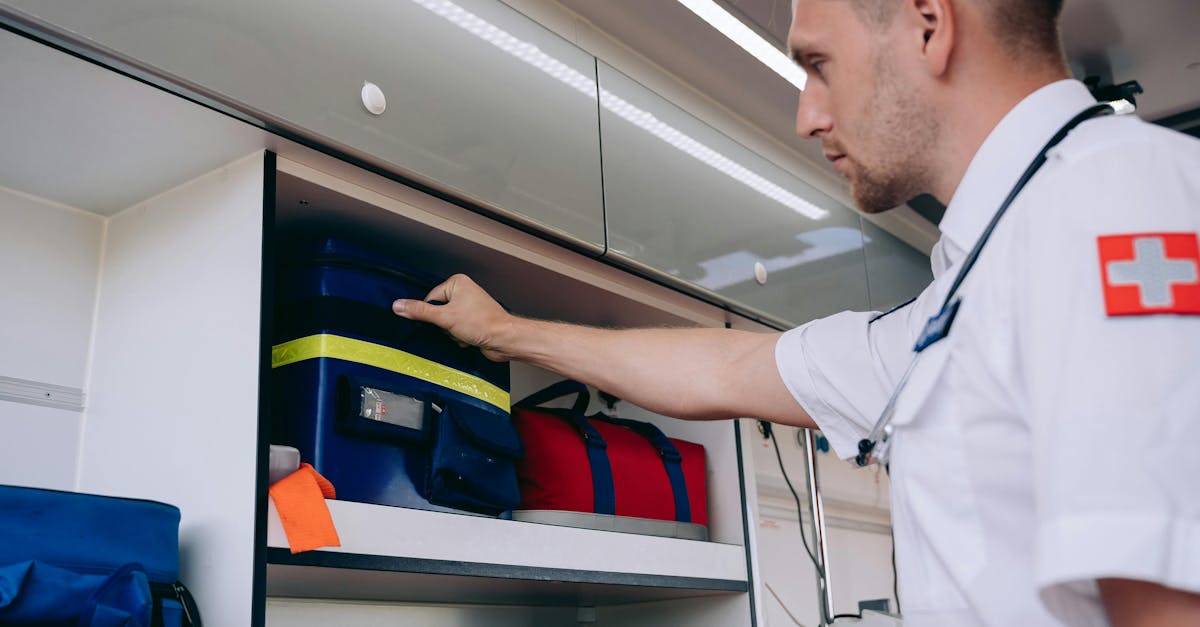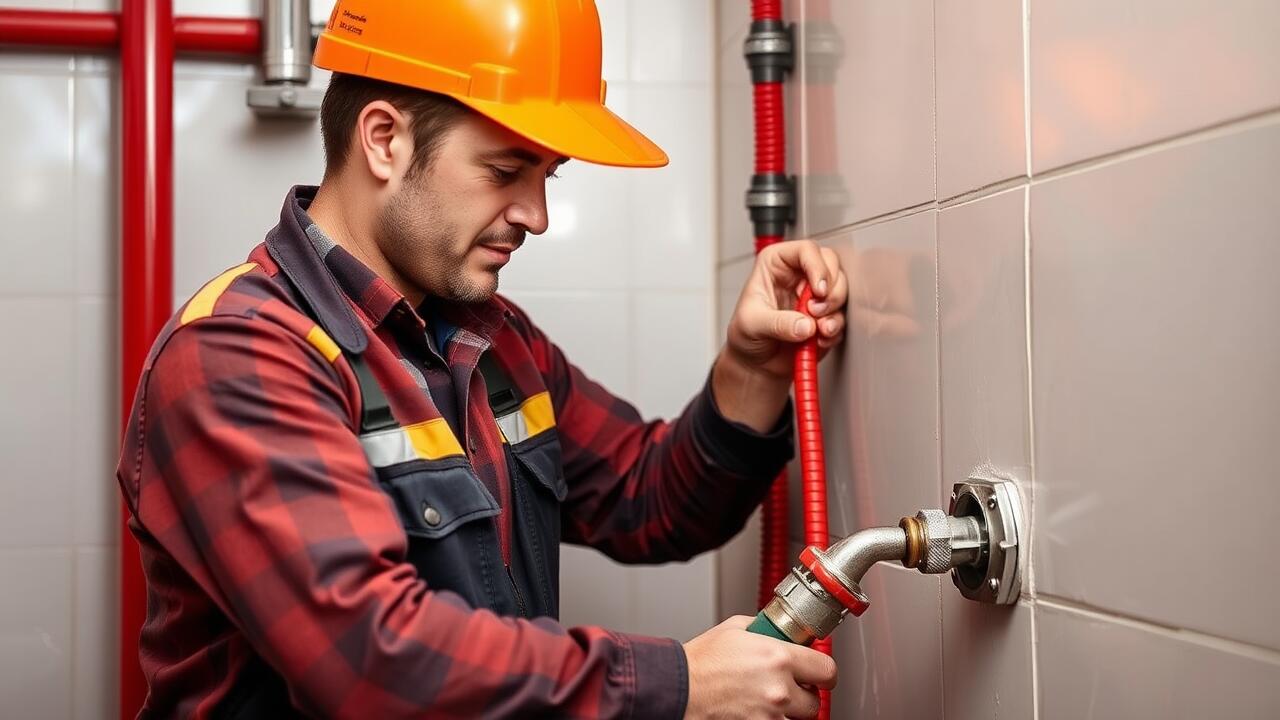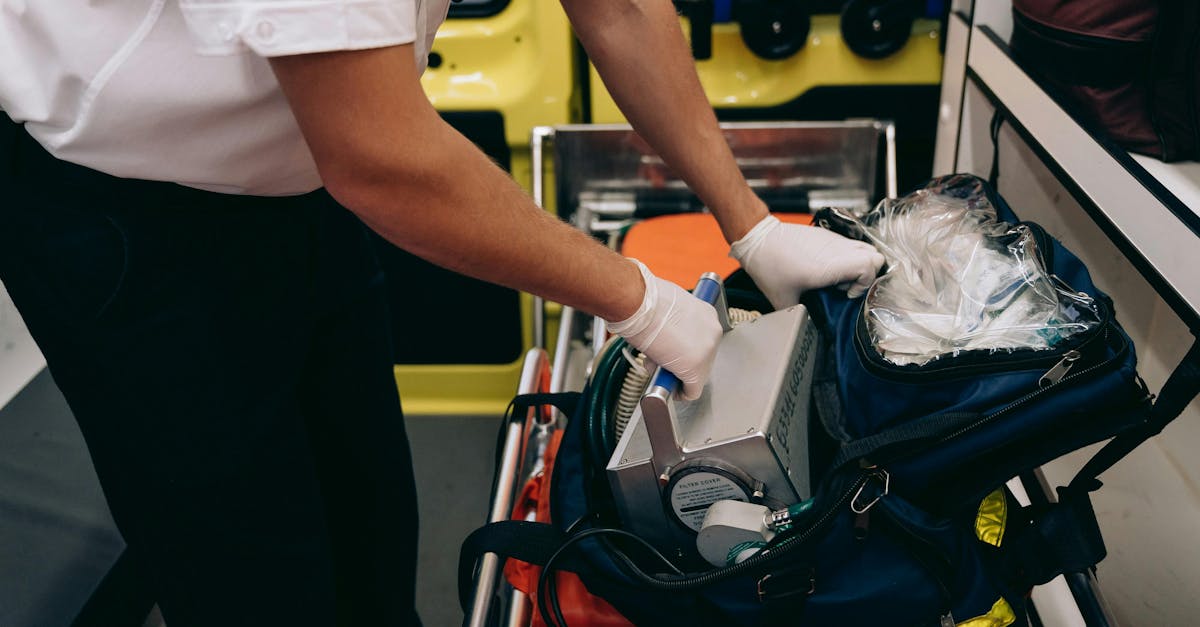
Table Of Contents
Faulty Heating Elements in Electric Heaters
Electric water heaters rely heavily on heating elements to generate hot water. If these elements become faulty, the efficiency of the heating system becomes compromised. In many cases, one of the elements may have burned out completely, leading to insufficient hot water supply. Regular use and mineral build-up can contribute to wear and tear on these components, resulting in premature failure.
Diagnosing the issue often requires a basic understanding of the heater’s wiring and structure. A hot water plumber can assist in testing the heating elements with a multimeter to determine their functionality. If any irregularities are found, replacing the faulty elements will restore the unit’s ability to generate adequate hot water, ensuring a more consistent and reliable supply.
Diagnosing and Replacing Heating Elements
When diagnosing heating elements in electric water heaters, it's crucial to start by ensuring that the unit receives power. Check for blown fuses or tripped circuit breakers that may disrupt the electricity supply. Next, inspect the heating elements themselves for visible signs of wear or damage. A multimeter can be used to test their resistance; readings outside the range of 10 to 30 ohms can indicate a faulty element. If repairs are necessary, consulting a hot water plumber can ensure that the job is carried out safely and efficiently.
Replacing heating elements involves draining the tank and disconnecting the power supply before starting the process. Carefully remove the damaged element using a socket wrench and replace it with a new one. When installing the new part, ensure that all connections are secure and properly sealed to prevent leaks. Once replaced, refill the tank and restore power, allowing time for the water to heat before testing the temperature. Professional assistance from a hot water plumber is recommended for those unfamiliar with the procedure, as incorrect handling may lead to further issues.
Problems with Gas Supply for Hot Water
Issues with gas supply can significantly impact the performance of your hot water system. Gas appliances rely on a consistent flow of gas to heat water effectively. If there is a disruption in the supply, whether due to leaks, closed valves, or faulty connections, it can lead to inadequate heating. An experienced hot water plumber can assess the gas lines and ensure that everything is functioning correctly.
Checking the connections and valves is crucial for any home relying on gas hot water systems. A blocked or damaged valve can restrict gas flow, ultimately reducing the heat output. Regular maintenance can help prevent such problems from occurring. If you suspect any issues with your gas supply, it’s advisable to consult a qualified hot water plumber to avoid complications and ensure a reliable supply of hot water.
Checking Gas Connections and Valves
Whenever you're experiencing insufficient hot water due to potential gas supply issues, it's essential to inspect the gas connections and valves first. Begin by ensuring that the gas supply is turned on and properly functioning. Check the connections for any visible signs of leaks, such as hissing sounds or the smell of gas. If you notice any irregularities, it's crucial to address them immediately to maintain safety. A qualified hot water plumber can assist in verifying the integrity of these connections and ensuring everything complies with regulations.
In addition to checking for leaks, the gas valves themselves warrant a thorough examination. These components can become faulty over time, leading to inadequate gas flow and, consequently, insufficient hot water. Ensure that the valves are fully open and functioning correctly. If there's any indication of blockage or malfunction, consulting a hot water plumber is the best course of action. They possess the expertise to diagnose issues and carry out necessary repairs, helping restore your hot water supply effectively.
Temperature Limiting Valve Malfunctions
Temperature limiting valves play a critical role in maintaining safe water temperatures in your plumbing system. If these valves malfunction, they can prevent the water heater from reaching the desired temperature, leading to insufficient hot water flow in the shower. Signs of a malfunctioning temperature limiting valve may include sudden drops in water temperature or an inability to adjust the settings properly. Regular maintenance and checks of these valves can help identify issues before they escalate.
When faced with suspected issues in the temperature limiting valve, contacting a hot water plumber can provide valuable assistance. They possess the expertise to diagnose the problem accurately and suggest necessary repairs or replacements. Addressing these malfunctions promptly ensures consistent hot water availability and maintains the overall safety of your home’s plumbing system. Ignoring a faulty valve can lead to further complications, requiring more extensive repairs down the line.
Identifying and Replacing Faulty Valves
A temperature limiting valve is essential for maintaining water at safe levels, ensuring that you don’t get scalded in the shower. If you notice that your hot water supply is erratic or lukewarm, it could signify that this valve is malfunctioning. Signs of a faulty valve include water taking longer to heat up and fluctuating temperatures. Testing the valve involves checking the temperature of the water coming from the tap. If it consistently exceeds the set temperature, this indicates that the valve may need replacement.
Replacing a faulty valve typically requires some plumbing skills. However, if you lack experience or the right tools, it is wise to consult a hot water plumber. They can quickly identify the issue and replace the valve safely without causing damage to your system. This approach not only saves time but also ensures that the repair is done correctly, allowing you to enjoy consistent hot water in your home.
FAQS
What are the common reasons for a shower not getting enough hot water?
Common reasons include faulty heating elements in electric heaters, issues with gas supply for hot water systems, and malfunctions in temperature limiting valves.
How can I tell if my electric heater's heating elements are faulty?
You can diagnose faulty heating elements by checking for inconsistent water temperatures, unusual noises from the heater, or if the water isn’t heating at all. If any of these symptoms are present, it may be time to inspect or replace the elements.
What should I do if I suspect a gas supply issue is affecting my hot water?
Check the gas connections and valves for any leaks or blockages. If you notice any issues, it’s important to contact a licensed gas technician to inspect and resolve the problem safely.
What is a temperature limiting valve, and how can it affect my hot water supply?
A temperature limiting valve regulates the maximum temperature of the water supplied to your shower. If it malfunctions, it might restrict hot water flow, resulting in lukewarm showers.
How can I identify a faulty temperature limiting valve?
Signs of a faulty temperature limiting valve include fluctuating water temperatures, the inability to achieve high temperatures, or leaks around the valve itself. If you suspect a faulty valve, consider consulting a plumber for a proper diagnosis and possible replacement.





























